
Vaal Triangle History
Peace Negotiations
William Stow
Vereeniging Estates
Viljoensdrift
Vaal Dam
Klip Power Station
Coal
1935
Sharpeville
Preface
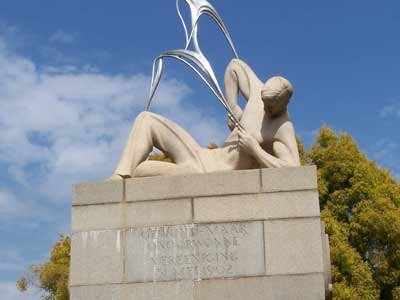
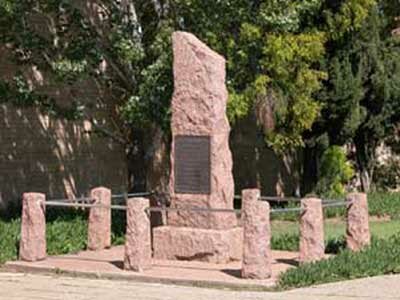
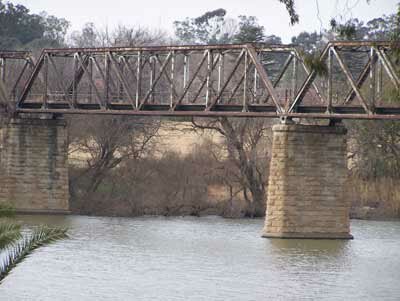
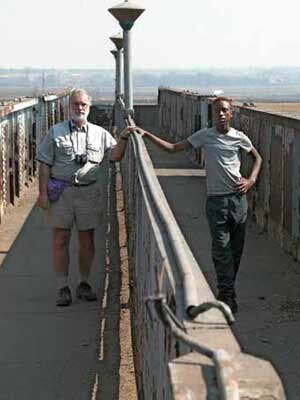
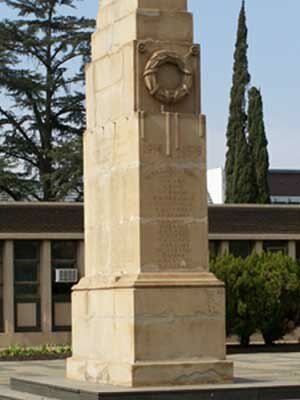
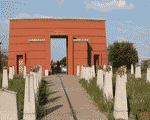
Dickenson Railway Bridge
Peace Monument
Vereeniging
William Stow Monument
Garden of Remembrance
Sharpeville
Apartheid Bridge
Cenotaph
OVERVIEW


Page 1
The Vaal Triangle
Traditionally, the Vaal Triangle has always been known as a triangular area of land formed by Vereeniging, Vanderbijlpark and Sasolburg - three small cities that together comprise a substantial urban and industrial complex. Meyerton and Heidelberg, due to their close proximity, are also seen as part of the area. The Vaal Triangle lies in the Highveld region of South Africa at an altitude of approximately 1500 meters above sea level and is home to about 1 million people. The Vaal River, which forms the border between the Free State and Gauteng provinces, separates Sasolburg (which lies on the river’s southern banks in the northernmost corner of the Free State) from Vereeniging and Vanderbijlpark (located on the northern banks of the Vaal river in southern Gauteng). For over 100 years, the area has been a weekend getaway and recreation playground destination for many visitors attracted to its river and dam waters.
Early History of the Area
With the advent of the Voortrekkers into the interior of Africa in the 1830’s, two provinces – the Orange Free State and Transvaal - were proclaimed. Potchefstroom, established in 1838, was the first town north of the Vaal River and was the original capital of the Transvaal Province. The historical town of Heidelberg was established as a trading station for people travelling from the Province of Natal to Potchefstroom. Although Vereeniging was only established in the 1880’s, after coal was discovered in the area, a significant event that happened more than thirty years earlier in 1857 was the announcement that ‘Hans Viljoen had a ferry on the Vaal River and that he will carry over wagons, horses, large and small stock at very reasonable prices’. Thus was established a crossing of the Vaal River which later came to be known as Viljoensdrift.
Page
